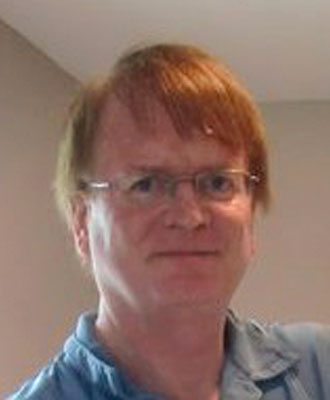To attend, please RSVP to epp@cseg.ca.
Unless we have exceeded the allowable number of people for the auditorium, we will not be replying to your email.
LunchBox Geophysics is free! Simply bring your own lunch (refreshments provided) and enjoy.
Abstract
Focal-time estimation is introduced here as a novel method to obtain robust stratigraphic depth control for induced or natural earthquakes. The method requires VP and VS time-depth control from coincident multicomponent seismic data, which is achieved by registration of correlative P–P and P–S reflections. Event focal depths are initially expressed as the zero-offset focal time (2-way P–P reflection time) and then converted to depth by leveraging the abundance of data and methods available for time-depth conversion of seismic data. Application of this method requires high-quality P and S wave picks, which are extrapolated to zero offset. This approach avoids the necessity to build and calibrate a 3-D velocity model for hypocenter location, or the determination of accurate absolute origin times. This method also implicitly accounts for factors that are often ill constrained for most velocity models, such as transverse isotropy of the medium, since these factors similarly affect both the earthquake arrival times and the 3-D seismic data. We apply our new method to an induced seismicity dataset with events up to MW 3.2, recorded using a shallow borehole monitoring array in Alberta, Canada. Reconciling the seismic processing datum with the microseismic datum was found to be a critical, but not insurmountable, challenge. In contrast to many previous studies of induced seismicity where larger events typically occur in the basement, the inferred foci place induced events stratigraphically above the treatment level.
Biography
Ronald Weir, P. Geoph .is currently a PhD. candidate at the University of Calgary, and a professional geophysicist with APEGA. His area of research is in using seismic inversion and structural mapping on 3-D/ 3-C seismic data to characterize reservoirs, map induced seismic events, and predict geohazards. He worked in the oil and gas industry for many years, holding the positions of Chief Geophysicist with Harvest Operations Corp., and Technical Team Lead at ConocoPhillips. . He holds a B.Sc. in Geophysics from University of Alberta and is member of the SEG, CSEG, and is an APEGA life member.





